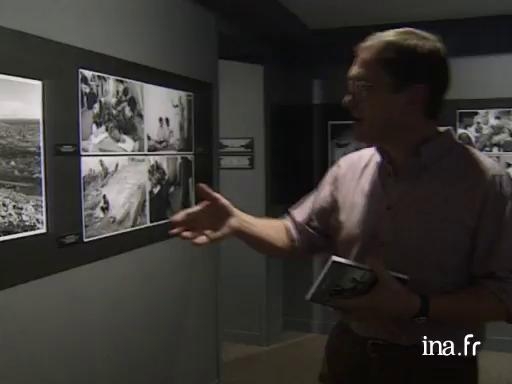Exhibit of John Vink's photographs

Information
In the context of an exhibit of John Vink's photographs of refugee camps, organised at the National Centre of Photography, John Vink explains his reasoning and his decision to shoot in black and white. Rony Brauman, former president of the MSF, highlights the importance of these pictures, which are a witness to the tearing apart that refugees are subject to as they leave for a new life.
Context
John Vink, born in Belgium in 1948, was an independent photographer from the age of 23. From 1980 he led several long-term projects, first in Italy, then in sub Saharan Africa where he worked on water management by the sedentary or migratory populations. This work earned him the Eugene Smith Award in 1986.
He then joined the VU agency and for five years bore witness to the life of refugees all over the world. In 1993, he joined the Magnum agency which he became a member of in 1997. He then became interested in the "Peuples d'En Haut", communities in the mountainous areas of Guatemala, Laos and Cambodia to show how these people, living in difficult conditions, have become strong and proud of their cultural identity.
Tired of travelling, he moved to Cambodia that he had often visited and through books and exhibitions presented the evolution of this country. To him, the objective of photography is not to change the world, but to inform and to witness.




